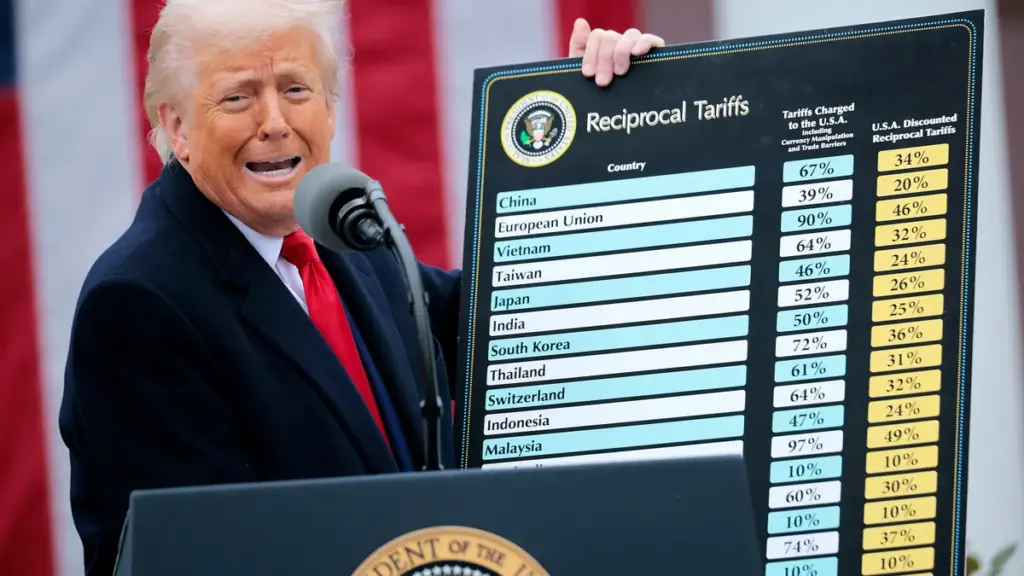
Introduction: Understanding Trump Tariffs
Trump tariffs, imposed during Donald Trump’s presidency, have been a topic of significant discussion among economists, policymakers, and businesses. These tariffs, primarily on goods imported from China and other countries, aimed to protect American industries, reduce trade deficits, and encourage domestic production. Their ramifications, however, have rippled through global markets, affecting various sectors, including agriculture, manufacturing, and consumer goods.
Main Body: The Implementation and Consequences
The tariffs, which began in 2018, saw the U.S. imposing levies ranging from 10% to 25% on hundreds of billions of dollars’ worth of imports. China responded with its own tariffs, leading to a tit-for-tat trade war that heightened tensions between the two economic giants. The impact was felt globally, with Canada and European countries being indirectly affected due to their trade relations with the U.S.
Industries like agriculture bore significant burdens as Canadian farmers reported reduced access to key markets, particularly in China, which sought alternatives for products like canola oil and pork. Manufacturing sectors in both the U.S. and Canada also struggled with increased costs for raw materials, leading to inflationary pressures that consumers began to notice in their everyday purchases.
In an analysis conducted by the Peterson Institute for International Economics, it was noted that while some U.S. industries gained from tariffs, the overall economic consequences were negative, with estimates suggesting job losses in sectors reliant on trade and increased prices for consumers.
Current Developments and Future Considerations
As of 2023, the Biden administration has taken steps to reassess these tariffs, seeking a more balanced approach to trade relationships that could foster collaboration rather than competition. The potential lifting or alteration of tariffs remains a topic of debate among economists and politicians. Recent negotiations between the U.S. and several allies suggest that there may be a shift towards more multilateral trade agreements, which could alleviate some of the burdens created by the tariffs.
Conclusion: Significance for Readers
The ongoing discussions surrounding Trump tariffs emphasize the interconnectedness of global trade and economies. For Canadian businesses and consumers, understanding these tariffs is vital as any policy changes could lead to significant adjustments in pricing, market access, and trade opportunities. As the situation evolves, staying informed about trade policies will be crucial for adapting to the changing economic landscape. In conclusion, the impacts of the Trump tariffs are a lasting reminder of how government policies can directly influence the global economy.



